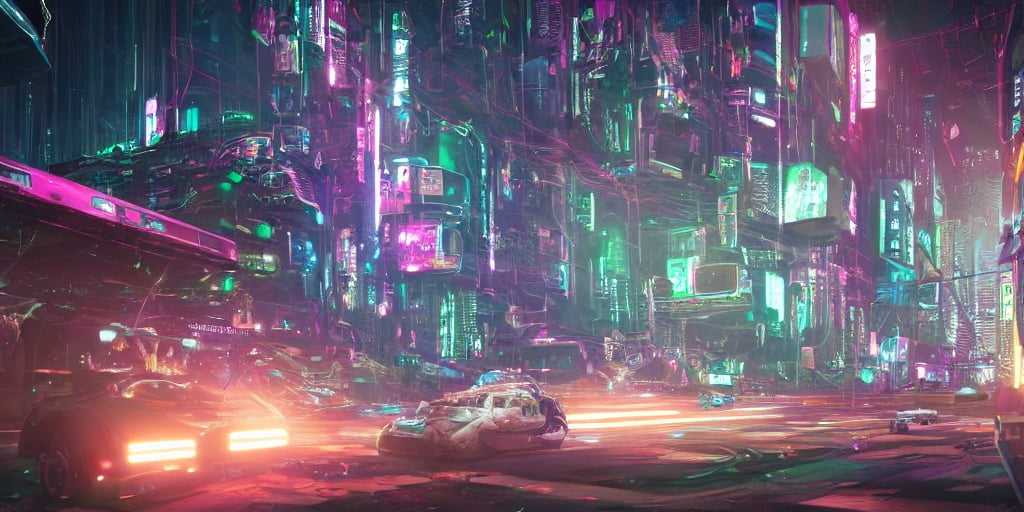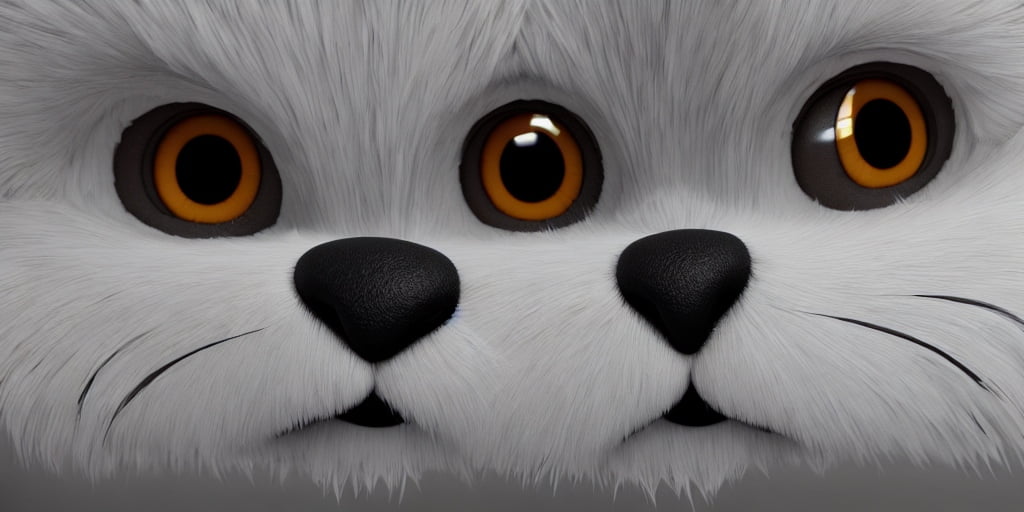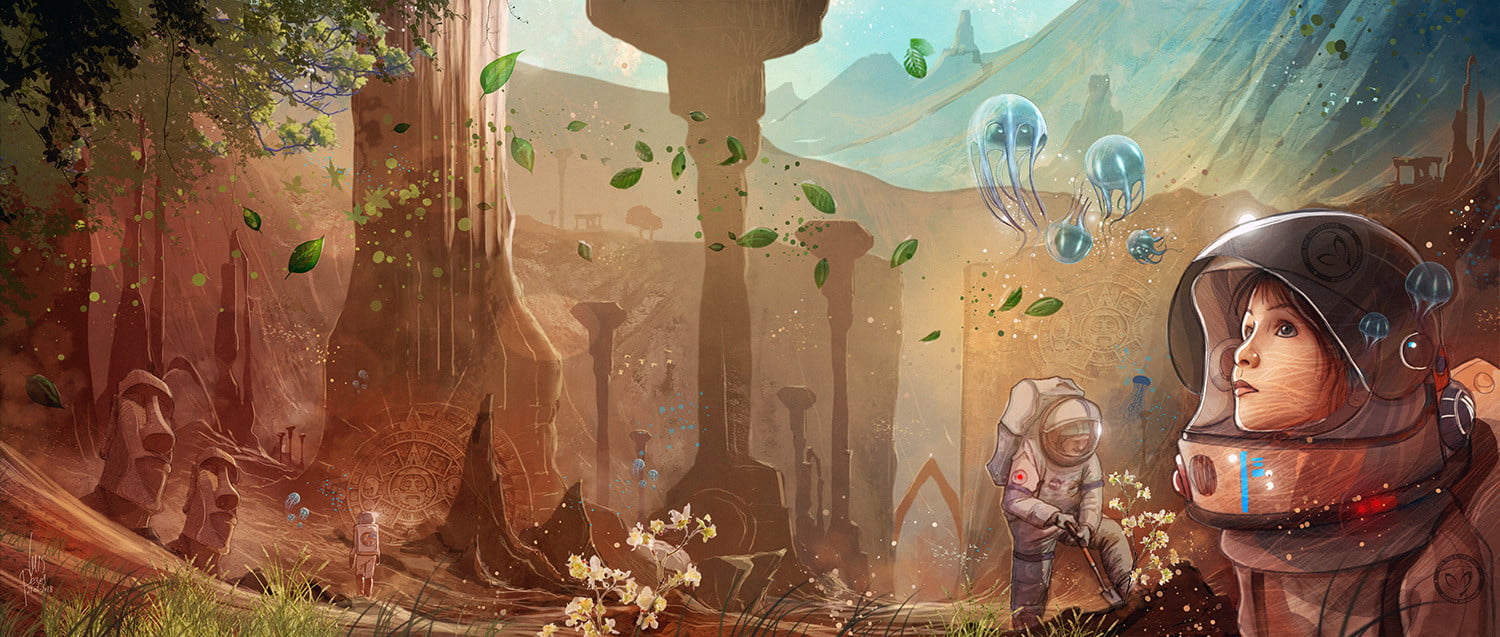Procedural Content Generation: Unleashing Infinite Possibilities

Introduction
Procedural Content Generation (PCG) is a fascinating field that has gained significant attention in the realm of video game development and digital content creation. It involves the creation of content, such as levels, landscapes, characters, and narratives, through algorithms and computational methods rather than traditional manual design. This blog explores the concept of PCG, its applications, and the research papers that have contributed to its advancement.
I. Understanding Procedural Content Generation
1.1 What is Procedural Content Generation? Procedural Content Generation refers to the automated process of creating content using algorithms, rules, and mathematical models. By leveraging computational power, PCG offers a way to generate vast amounts of unique and diverse content quickly, eliminating the limitations of manual content creation.
1.2 Types of Procedural Content Generation a) Level Generation: Creating game levels, mazes, or dungeons using algorithms. b) Terrain Generation: Generating realistic and visually appealing landscapes and environments. c) Character Generation: Creating unique characters with varying attributes and appearances. d) Narrative Generation: Constructing storylines, quests, and dialogues dynamically.

II. Applications of Procedural Content Generation
2.1 Video Games Procedural content generation has revolutionized the gaming industry by providing developers with a powerful tool to create immersive and engaging experiences. PCG can generate infinite levels, unique environments, and adaptive gameplay, offering players an endless array of challenges and surprises.
2.2 Virtual Worlds and Simulations PCG has found applications in virtual worlds and simulations, enabling the generation of realistic and ever-changing environments. This technology is particularly useful in training simulators, architectural visualizations, and virtual reality experiences.
2.3 Content Creation in Art and Design Artists and designers are increasingly exploring PCG as a means of creating unique and original artwork. PCG algorithms can generate intricate patterns, sculptures, textures, and even music, inspiring new possibilities and pushing creative boundaries.
III. Advancements in Procedural Content Generation
3.1 Cellular Automata are computational models that use simple rules to generate complex and visually appealing structures. Research papers such as “Cellular Automata for Real-Time Generation of Infinite Cave Levels” (Smith et al., 2014) explore the use of cellular automata to create intricate cave systems for video games.
3.2 Generative Adversarial Networks (GANs) GANs are a type of machine learning model that can learn to generate content by training on large datasets. In the paper “Procedural Content Generation Using Deep Learning” (Kim et al., 2018), the authors propose a method to generate visually stunning landscapes using GANs trained on real-world images.
3.3 L-Systems L-Systems are mathematical formalisms used to generate complex and self-replicating structures, such as plants and trees. The paper “Interactive Procedural Modeling of Cities” (Müller et al., 2006) explores the use of L-Systems to create realistic city layouts and architecture.

IV. Challenges and Future Directions
4.1 Balancing Control and Creativity One challenge in PCG is finding the right balance between providing control to the designers and allowing for creative surprises. Striking this balance is essential to ensure that the generated content aligns with the intended vision while still offering novel experiences to the users.
4.2 Ethical Considerations As PCG advances, ethical considerations surrounding the generation of content become increasingly important. Issues such as biased content generation, intellectual property infringement, and the impact of generated content on user experiences need to be addressed.
4.3 Integrating AI and PCG The integration of artificial intelligence (AI) techniques with PCG holds great potential for creating more sophisticated and intelligent content. Future research may focus on developing AI algorithms that can learn from user feedback and adapt content generation accordingly.
Conclusion
Procedural Content Generation has opened up new horizons for content creation in various domains, including gaming, art, and simulations. With advancements in algorithms and computational power, PCG continues to evolve, promising infinite possibilities and pushing the boundaries of creativity. By exploring the research papers provided, readers can delve deeper into the specific techniques and methods employed in PCG.
Research Paper References:
- Smith, J., Whitehead, J., & Mateas, M. (2014). Cellular Automata for Real-Time Generation of Infinite Cave Levels. Proceedings of the International Conference on the Foundations of Digital Games.
- Kim, T., Kim, Y., & Kim, S. (2018). Procedural Content Generation Using Deep Learning. Proceedings of the International Conference on Computational Intelligence in Games.
- Müller, P., Wonka, P., Haegler, S., Ulmer, A., & Van Gool, L. (2006). Procedural Modeling of Cities. Proceedings of the ACM SIGGRAPH Conference.



